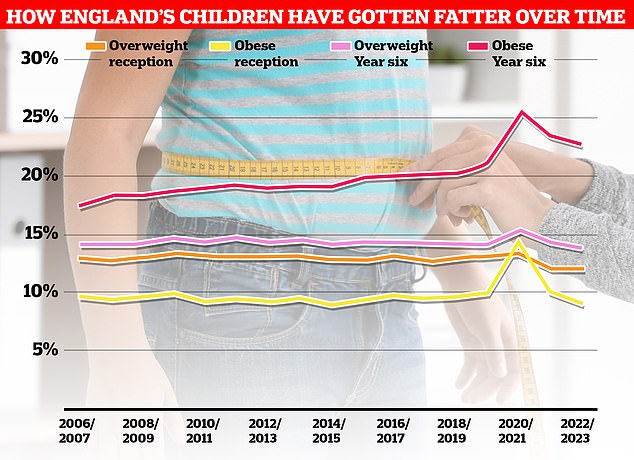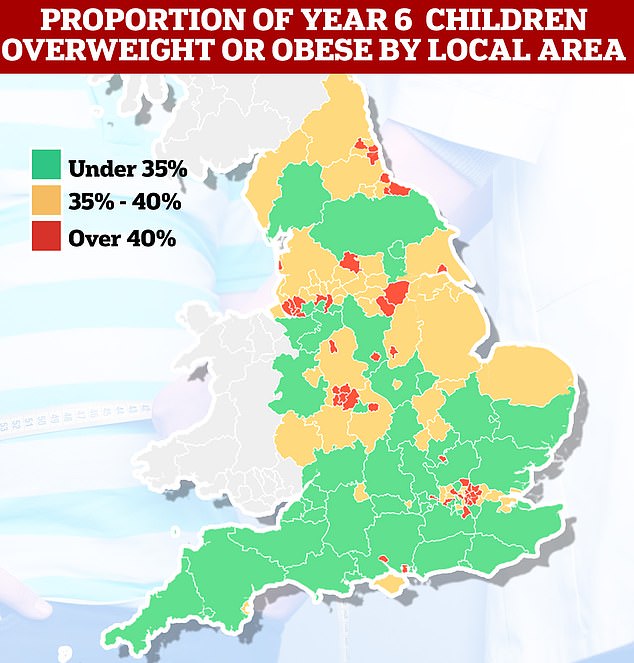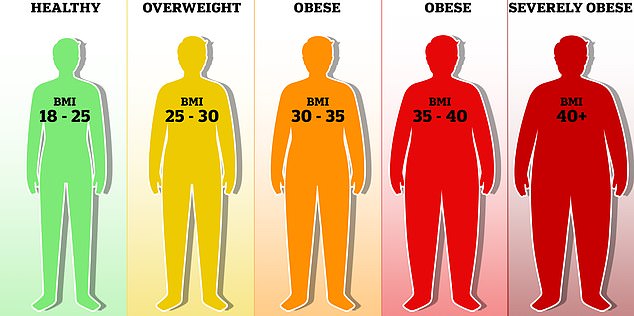Pound for pound: Paying obese teenagers up to £550 to lose weight will help them slim down, experts claim
Paying obese teens to lose weight not only works but is cost-effective, scientists claim.
Experts found that young patients who were given a financial incentive to slim down in addition to low-calorie meals lost more mass than those who did not.
At the end of a year-long experiment, American researchers found that children who received the money reduced their body mass index (BMI) on average by six percent more than those who dieted alone.
Scientists from several US institutions, including the University of Minnesota, paid teenagers £15 for every 0.5 percent of body weight they lost. The most money handed out was £550, while the average was £260.
They claim their results show the approach is effective and point out that the incentives offered were far less than the price of treating obesity.
Scientists at a number of US institutions, including the University of Minnesota, paid teenagers up to $700 (£550) to lose weight, although the average actually handed out was $330 (£260). Stock image

More than a million children had their height and weight measured as part of the National Child Measurement Program (NCMP). Nationally, the rate among children in the sixth form is well over a third, despite falling slightly since the start of Covid

Among sixth grade students, national obesity decreased from 23.4 percent in 2021/2022 to 22.7 percent. Meanwhile, the proportion of children considered overweight or obese also fell from 37.8 percent to 36.6 percent. Both measures are above pre-pandemic levels
Experts tested their theory on 126 teenagers between the ages of 13 and 17, approximately equally divided between boys and girls.
All participants had at least a BMI of 35, meaning they were obese, although the average BMI was 41, which is severely obese.
Teenagers were evenly divided into two groups. One of them was only given meal replacements, good for 1,200 calories per day, to help them lose weight.
But participants in the other group also received £15 gift vouchers for achieving and maintaining weight loss.
The gift cards were distributed during weigh-ins that took place every two months for the duration of the study.
At the end of the year, results from long surveys were compared and, on average, teens in the gift card cohort had reduced their BMI by an average of 2.4 points – six percent of their body weight.
Not only that, but the gift card group were more likely to maintain their weight after the study was completed and showed no signs of eating disorders, despite being paid to lose weight.
The approach was cost-effective, the researchers added.
British estimates have calculated that a patient with a BMI over 40 costs the NHS around £1,375 per year to treat due to the increased health problems, such as blood pressure and cancer, that they suffer.
Patients with a BMI of 35-40, meanwhile, cost the NHS £1,178.
Meanwhile, the most spent on gift cards in the survey was £550.

According to the BMI system, a score of 18.5 to 25 is healthy. A score of 25 to 29 counts as overweight, and 30-plus means someone is obese, the stage at which the risk of disease increases dramatically
The latest data on childhood obesity in England shows that one in ten children are overweight by the time they start primary school, rising to around one in four by the sixth year.
An estimated one in five children and teens in the U.S. is considered obese.
Overall, obesity also takes a huge financial toll in Britain, with consequent health consequences in terms of lost working years, healthcare costs and the price of NHS treatments, costing the economy an estimated £100 billion per year. year costs.
Experts have pointed to a lack of exercise and a poor diet high in ultra-processed foods as major causes of Britain’s childhood obesity epidemic.
